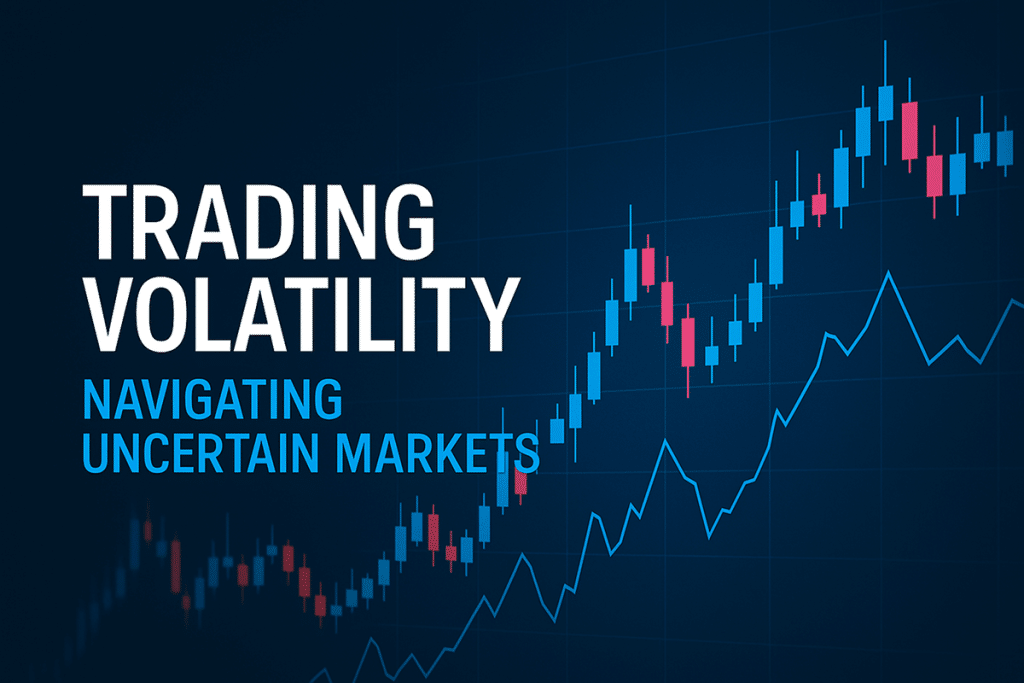
What is Volatility?
Why Trade Volatility?
Volatility Index (VIX)
Average True Range (ATR)
Bollinger Bands
Strategy 1: Breakout Trading
Strategy 2: Volatility-Based Mean Reversion
Strategy 3: Straddle Options Strategy
Strategy 4: Volatility Arbitrage
Managing Increased Risk
Practical Example:
🔹 With ATR at $2, set stop-loss at 1.5x ATR ($3) from entry to manage volatile swings effectively.
Frequent Mistakes
Solutions
Staying Calm Under Pressure
Practical Psychological Tips
Example 1: Trading a Volatility Breakout
Example 2: Mean Reversion after Volatility Spike
You’ve now mastered essential concepts, proven strategies, and effective techniques for trading volatility in uncertain markets. By strategically leveraging volatility indicators, adopting disciplined risk management practices, and consistently applying your trading plan, you’ll successfully navigate market uncertainty and make informed, strategic trading decisions.
Sky Links Capital offers advanced resources, professional insights, and continuous support to enhance your trading skills further.
Take your next step today—partner with Sky Links Capital to begin your journey towards trading success!
Disclaimer: The information and tools provided by Sky Links Capital are strictly for educational and informational purposes only. They do not constitute financial advice, investment recommendations, or an offer to buy or sell any financial instruments. Users should make independent decisions based on their own research and, where appropriate, seek professional advice.